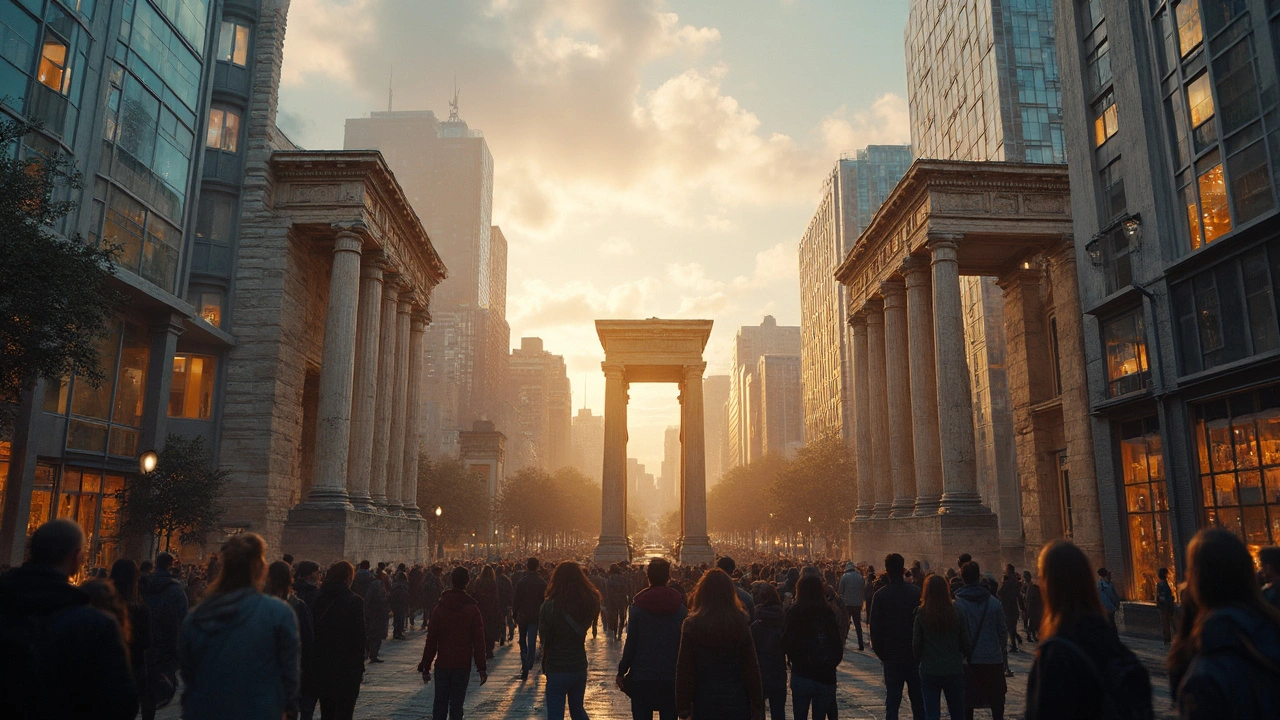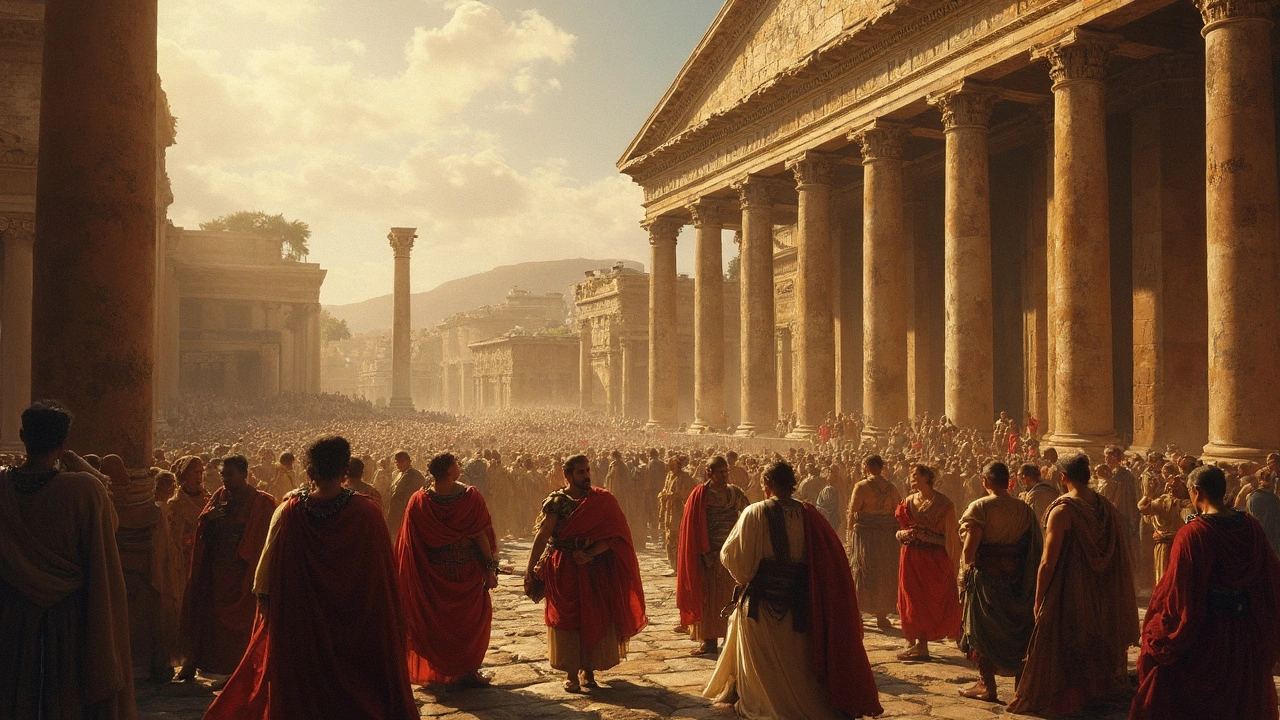Explore why ancient Roman architecture still matters today, uncover its clever innovations and the timeless ways it shapes our world.
Roman Buildings: How to Spot and Understand Ancient Roman Architecture
Roman buildings still shape our cities. You pass their ideas every day: arches in bridges, domes over civic halls, and straight roads beneath modern pavement. If you want to recognize Roman work fast, focus on structure, materials, and purpose. Those three clues tell you whether a building borrows directly from Rome or just borrows its look.
Key features to look for
Arches and vaults: Romans turned the arch into a tool, not just decoration. Look for rounded arches over doors, windows, and bridges. When arches repeat and support a ceiling, they form vaults. Barrel and groin vaults are a Roman signature.
Domes: The Pantheon’s dome is the headline example, but smaller domes appear in baths and temples. A dome sitting on a circular drum or on a square base via triangular sections (pendentives) hints at Roman engineering.
Concrete and masonry: Roman concrete, called opus caementicium, allowed larger, hollow structures. If a building has thick walls, internal voids, and a concrete core faced with brick or stone layers, that method inspired it. You’ll often see layered faces like brick courses or irregular stones set into mortar.
Column orders and decoration: Romans used Greek orders—Doric, Ionic, Corinthian—but often mixed them. Spot Corinthian capitals with acanthus leaves or columns set into walls as pilasters. Decorative reliefs, triumphal motifs, and inscription panels are common on public Roman buildings.
Infrastructure focus: Romans built for utility. Aqueduct arches, tiered amphitheaters, basilicas for legal and civic life, and straight-grid streets show a practical mindset. If a structure clearly serves water, law, or transport, Roman influence is likely.
Famous examples and quick ID tips
Pantheon, Rome: A round temple with a massive concrete dome and a central oculus. If you see a perfectly proportioned portico leading to a round hall, that layout traces to the Pantheon.
Colosseum, Rome: Multiple stories of repeating arches and seating tiers. Look for elliptical plans and stacked arcades—typical for Roman amphitheaters and later imitations.
Aqueducts: Long rows of arches carrying water. Outside cities or across valleys, these are unmistakable Roman projects even when rebuilt later.
Tip for city walkers: Check building bases and hidden walls. Modern facades can hide ancient cores. Look inside museums, doorways, and basements—Roman foundations often survive under later layers.
Why it matters: Roman engineering set building rules that shaped the Renaissance and later revival styles. If you enjoy architecture, spotting Roman elements helps you read a city's timeline. On this site you can read deeper pieces like "Ancient Roman Architecture Techniques" and articles on later styles that borrowed Roman ideas.
Want to explore more? Start with nearby museums or a guided walk. Bring a camera and note arches, vaults, and construction layers. Those details tell the real story of a Roman building better than any label.
Ancient Roman architecture wasn't just about impressive buildings; it was a powerful tool in politics, used to showcase strength and control. From grand forums to monumental arches, the construction projects reflected the authority of their commissioners and communicated messages of power. Understanding this connection helps us see how architecture can influence society and even guide political landscapes. In Rome, every stone and column had a political story to tell, painting a vivid picture of the empire's ambitions.


